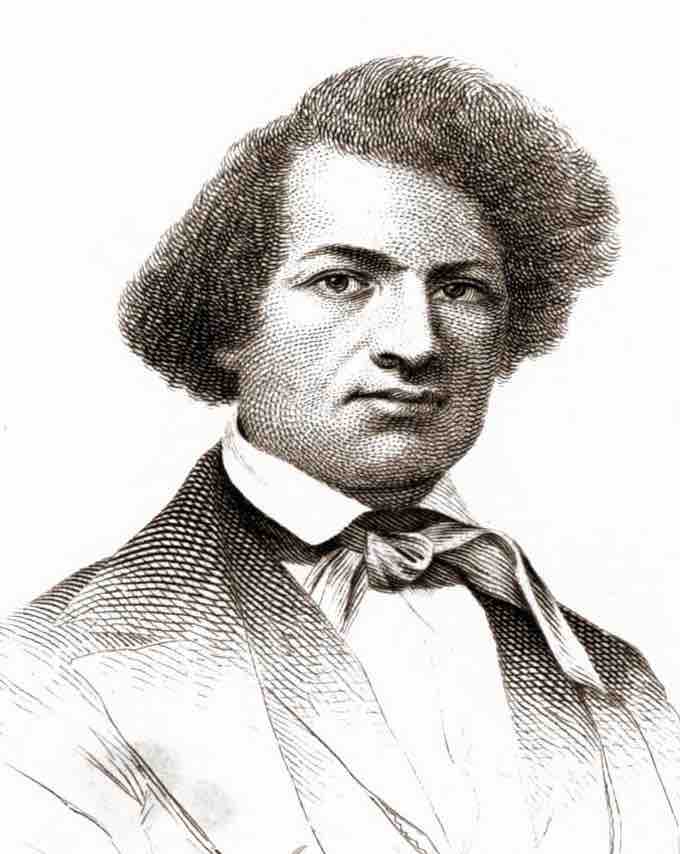Slavery in the US
While the US was founded on principles of representation, due process and universal rights, slavery remained one of the most persistent and visible exceptions to these ideals.
Slavery, including chattel slavery, was a legal institution in the US from the colonial period until the Emancipation Proclamation (1863) and Thirteenth Amendment of the Constitution (1865). Most slaves in the US were people brought from Africa and their descendants, and this racial dimension of US slavery continues to impact US civil rights debates. By 1860, four million people lived as slaves in the US, and most worked in the agriculture sector. The rise in the southern cotton industry after 1800 also led to a steady increase in slavery, which then became a major catalyst for the Civil War.
Conditions of Slavery
The conditions of slavery were harsh, starting with the "middle passage" where Africans were stuffed into the hulls of ships like cargo. Some fifteen percent of enslaved people are estimated to have died during travel from Africa. In the US the conditions of slavery acted to dehumanize enslaved people denying them even basic rights. The use of native languages was banned, and it was illegal to learn or teach reading and writing. Marriages were banned, and children were often taken away from parents to be sold. It was also common for slave owners to sexually assault enslaved women. Finally, working conditions were long and hard, especially for field workers, and violence was an ever present part of life.
Abolition
Throughout this period many people worked to end slavery. Early abolitionist legislation included Congress prohibiting slavery in the Northwest Territory (1787), and a ban on the import or export of slaves (1808) in the US and Britain. Resistance to slavery also took other forms including institutions such as the Underground Railway that helped escaping slaves make their way to freedom.
Abolitionists came from various communities including religious groups such as the Quakers, white anti-slavery activists such as Harriet Beecher Stowe, and former slaves and free people of color such as Frederick Douglass, Robert Purvis and James Forten. While some abolitionists called for an immediate end to slavery, others favored more gradual approaches. These included the banning of slavery in the territories, and manumission campaigns encouraging individual owners to free slaves.

Frederick Douglass
Frederick Douglass was a freed slave prominent abolitionist and rights advocate.
Arguments against Slavery
Abolitionists used several arguments against slavery. As early as 1688, Quakers in Germantown, Pennsylvania presented a petition to end slavery based on religious obligation and natural rights to equality. In 1774, a group of enslaved people in Massachusetts petitioned the governor against slavery used similar arguments including the natural rights of all people, the demands of Christian brotherhood, and the harsh conditions of slavery. By the 1830s, evangelical groups became quite active in the abolitionist movement including the formation of the American Anti-Slavery Society in 1833. These groups often also supported other reform movements such as temperance movements and supports for public schools.
Early politicians and constitutional authors including Thomas Paine, Alexander Hamilton and Thomas Jefferson also had reservations about slavery because of their commitment to equal rights. However, many of these same politicians also owned slaves.
Gradual Abolition and Conflict
By 1804, most of the northern states had moved towards the abolition of slavery. although this process was quite gradual, and freed slaves were often subject to racial segregation and discrimination. Manumission campaigns in the Upper South were also successful in increasing the number of free people of color in Virginia, Maryland and Delaware where, by 1810, three-quarters of Black people in Delaware were free.
Support for slavery remained the strongest in the southern states where slavery was an important economic institution for cotton and other agricultural industries strongest in the South. The conflict over slavery became a key catalyst for the Civil War that divided northern and southern states.